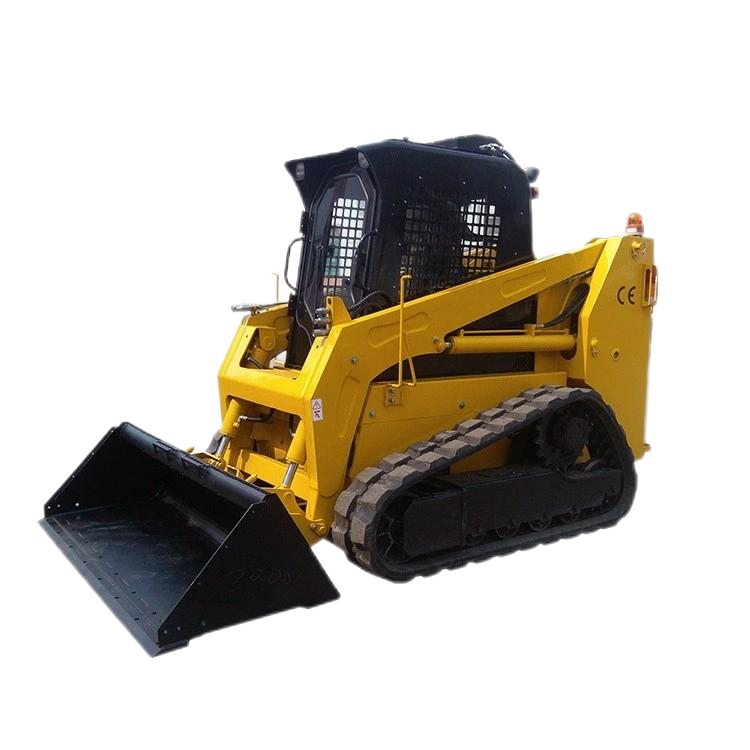Whether to choose a wheel loader or a skid - steer loader for a 1 - ton loader needs to be considered comprehensively based on factors such as the specific working environment, operation content, and budget. The following is a comparative analysis of the two:

Working Environment
- Wheel Loader: It has good mobility, a fast driving speed, does not damage the road surface, and is easy to operate. It is suitable for working on hard surfaces such as roads and indoors, and can also be used in small and medium - sized open - pit mines. However, it is prone to slipping and getting stuck in wet, muddy or soft soil, and its passability is relatively poor.
- Skid - Steer Loader: It adopts skid - steer technology and can rotate 360 degrees on the spot. Its minimum turning radius is less than half of that of an articulated loader of the same level. It is especially suitable for occasions with narrow working sites and large ground undulations, such as urban infrastructure, roads or construction sites, factory workshops, warehouses, and docks. However, the wheeled skid - steer loader has high ground pressure and needs some auxiliary facilities when working on soft ground.
Operation Content
- Wheel Loader: It is mainly used for loading, pushing, lifting, and hauling operations in construction. It can also replace excavators and trucks as the main mining and loading equipment in mines, or work together with trucks to transport ore to crushing stations. It has a relatively large loading capacity.
- Skid - Steer Loader: In addition to basic loading operations, it can quickly replace or connect various working devices on the job site to perform multiple operations such as shoveling, stacking, lifting, excavating, drilling, crushing, grabbing, pushing and digging, loosening soil, digging trenches, sweeping roads, and compacting road surfaces. It is suitable for occasions where the operation content changes frequently.
Performance Characteristics
- Wheel Loader: It generally adopts an articulated frame. Its steering flexibility is not as good as that of a skid - steer loader, but its bucket capacity is relatively large, and its lifting height and unloading distance may also have advantages. It has high work efficiency and can handle a large amount of materials in a short time.
- Skid - Steer Loader: It usually adopts an integral frame, all - wheel drive, and no inter - wheel differential, so it has strong off - road capability. Its hydraulic system can usually provide high pressure and flow, which makes the bucket digging force and boom digging force large, enabling it to complete some relatively heavy work.
Cost Factors
- Wheel Loader: It has a relatively light self - weight, relatively low manufacturing cost, and is cheaper than an excavator. Its tires wear quickly, but the maintenance cost is relatively low.
- Skid - Steer Loader: The purchase price of the equipment is relatively high. However, the service life of the rubber track of the tracked skid - steer loader is longer than that of the tire. In the long run, if the workload is large and there is a high demand for the versatility of the equipment, the comprehensive cost of the skid - steer loader may be more advantageous.





